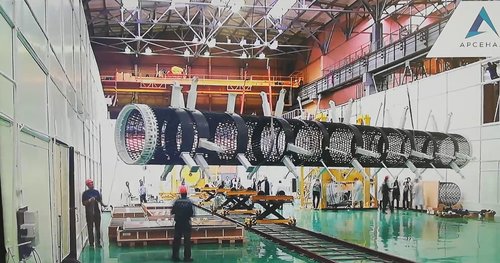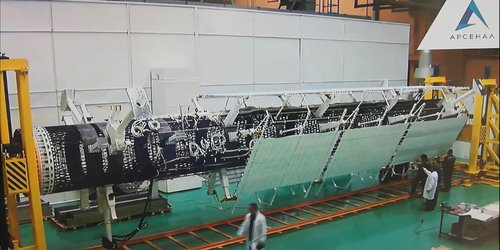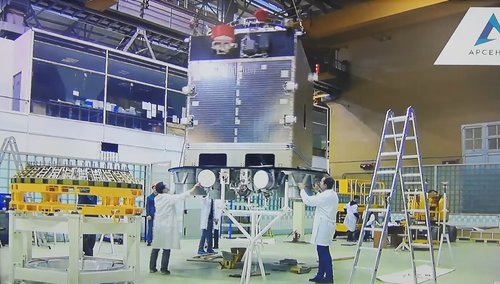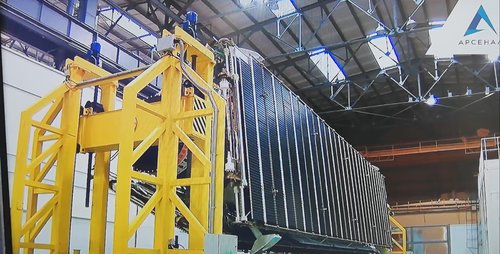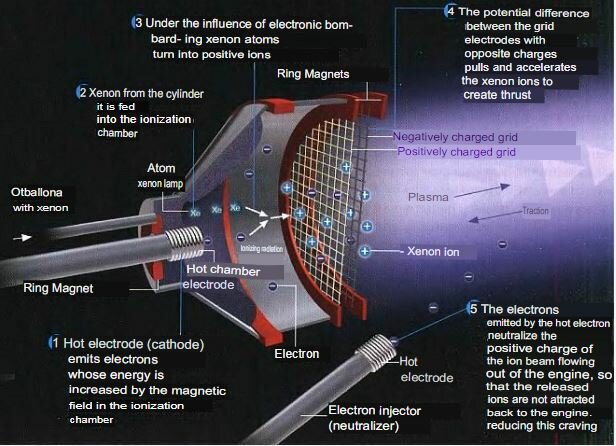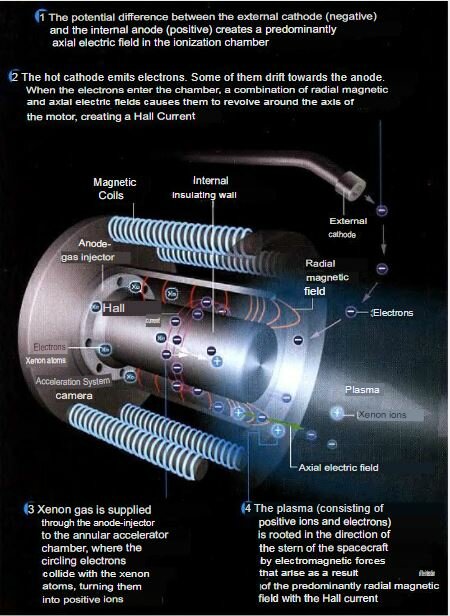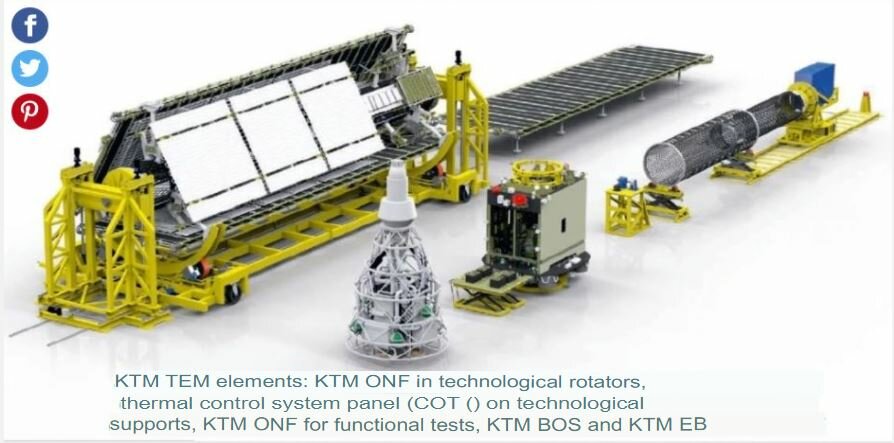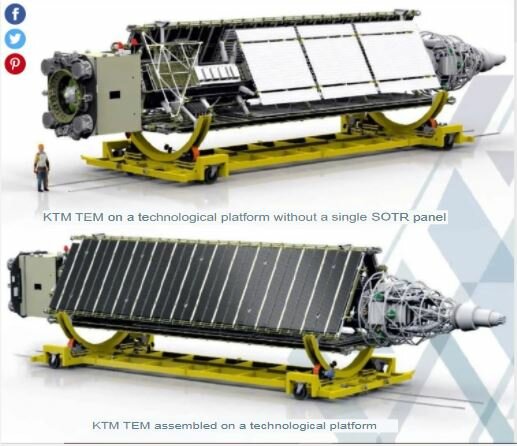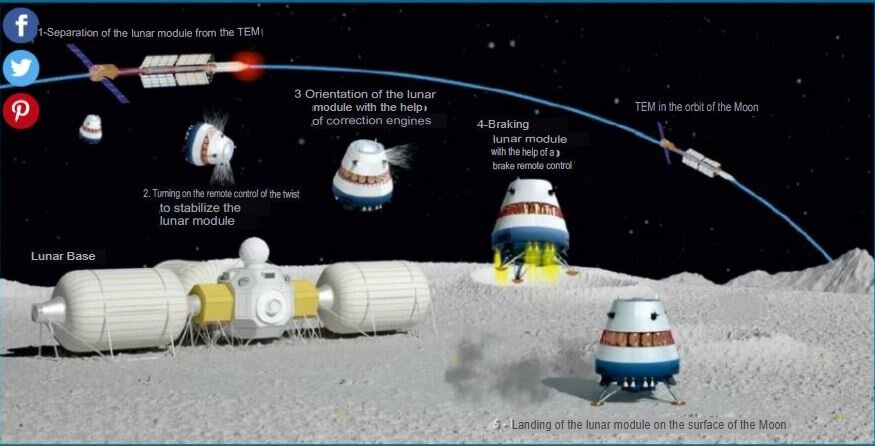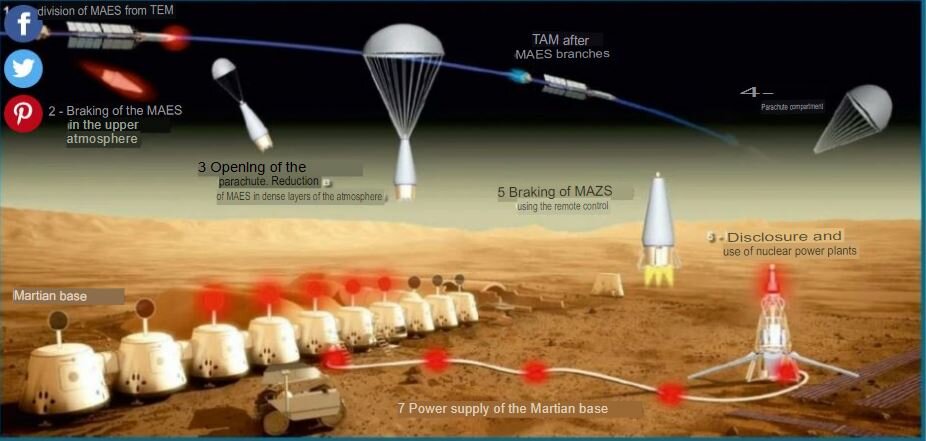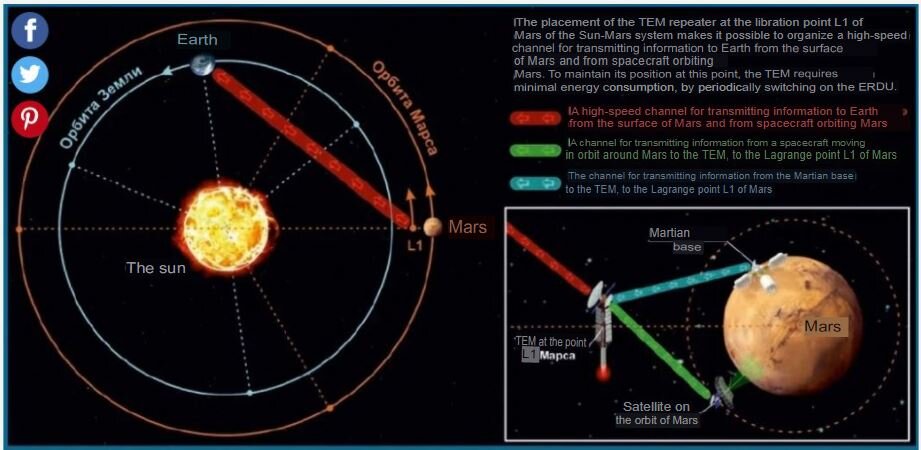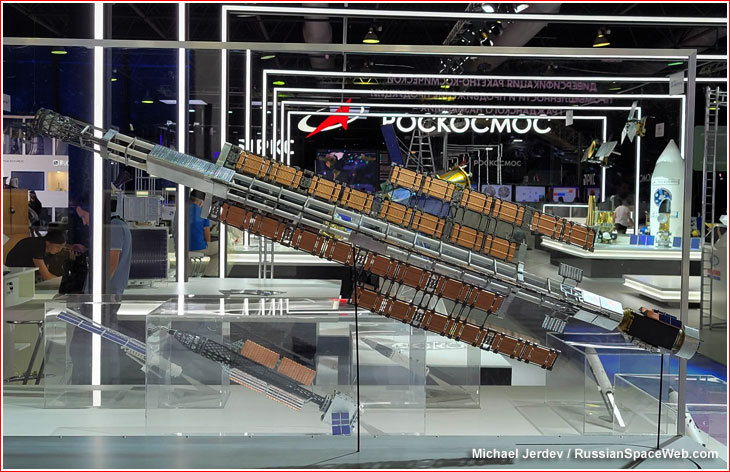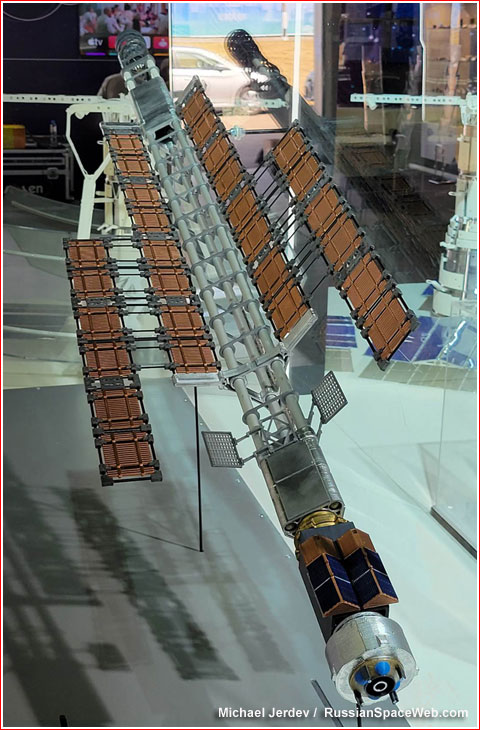Isn't nuclear reactor an Alpha and Beta emitter mainly ? These two are the most dangerous of ionizing radiation but easily stopped. There is Gamma one which need lead but i think for real long range space travel, one would needs heavy shielding anyway because of Galactic cosmic radiation and Solar flares, these are 3 Dimensional in nature thus need basically 360 deg shielding.
The radiation scare in outer space is way overblown.
First of all: Astronauts and cosmonauts have been messing around in space for almost 60 years, with long-duration missions happening ever since 1965 (Gemini 5 was the first manned spacecraft to orbit for a week straight). Since then it's just gone up, by the mid-1990's four Russian cosmonauts had spent more than a year each in space, in one go, without interruption. There are some others that have achieved similar total "on-orbit" times, but in their case it's been over several spaceflights, with some good "Earth-time" in between.
These guys and gals have flown through the van Allen radiation belts thousands of times, they've left Earth orbit altogether and gone to the Moon, they've experienced solar eruptions (vast amounts of high-energy EM radiation like X-rays and gamma rays always precede the waves of neutron-alpha-beta particle radiation, and they're practically "instant" and thus more or less unforseeable unlike the latter) outside of the Earth's protective atmosphere and on the fringes of its likewise protective magnetic field too.
It's not a biggie. They've got adequate shielding even on the ISS, even though they sometimes have to gather in some of the more protected modules during especially violent space weather.
The further from the Sun you go the less issues you get. Super-high energy cosmic gamma ray bursts are a potential problem, but they're a problem here on our planetary surface too, and no close energetic ones are expected (they typically come from dying stars, and we have a fair idea of possible future candidates that are close enough to matter to us). So cosmic radiation on an insterstellar mission should be no bigger of an issue than what our spacefarers since 1961 have experienced. Actually, once they leave the vicinity of the sun far less so, until they reach the Alpha Centauri system, where the good old "being close to a star" thing repeats itself again.
The radiation from the fuel/propulsion itself is no biggie either. Russia, the United States, the United Kingdom, France and China all operate nuclear-powered submarines, where a bunch of people are stuck in a tin can, surrounded by a hostile environment, with a couple of nuclear reactors in the back of the vehicle keeping everything cozy. Live nuclear reactors have flown in space multiple times too (not counting the vast amount of RTGs, that aren't reactors but do contain nuclear fuels). Don't see how that'd be an issue. The potential issues in an Orion-type vehicle would be the blast power and heat acting on the pusher plate. Purely physical/mechanical stuff, not so much the radiation, as we know how to block that in a mobile, manned platform already.
But anyway, that all is just a hypothetical. We could possibly send a probe to the nearest star system, using some Orion-like contraption, and have it whizz by it in our lifetime. We could probably have done it 50 years ago, and reap the fruit of this mission just about now.
Manned ships require so much additional stuff that it is not viable, and it is not going to be a return mission even if you could somehow squeeze 40+ years of life support in an interstellar Orion-esque ship, as it'd require a second Orion with the same amount of propulsive force to brake and enter orbit, and a THIRD Orion to boost it towards Earth again, and apart from that,
another 40+years of life support for the return trip. And the braking and return would take quite some time, prolonging the journey even further. Besides, even the most physically fit humans don't even reliably reach 80, let alone 100-150-200, heh, and I'd imagine you'd want someone older than a newborn toddler on the vessel to begin with.
But for unmanned probes, and manned exploration within the solar system, hell yes.
...And, I must add, the radiation scare while these things would be taking off, from Earth, is a whooooole other issue than what would be faced by the occupants while on a mission.
That's one of the main concerns that killed Orion, the launch sequence. First of all, nobody wants a bunch of nukes going off in quick succession in the atmosphere, after all there's an international ban on atmospheric nuclear testing and all. And what if something goes wrong, regular chemical rockets are notoriously difficult to deal with and every now and then one just blows up... A nuclear rocket is even more "rocket science"... What if an Orion vehicle blows up during take-off? Nuclear explosions are already part of the entire thing, but even if the risk of some kind of continuous fission or fusion is negligible, once everything's blown up, there's going to be highly radioactive debris flying everywhere.
Etc, etc, etc. Still though... Mmmm.






 tass.ru
tass.ru
